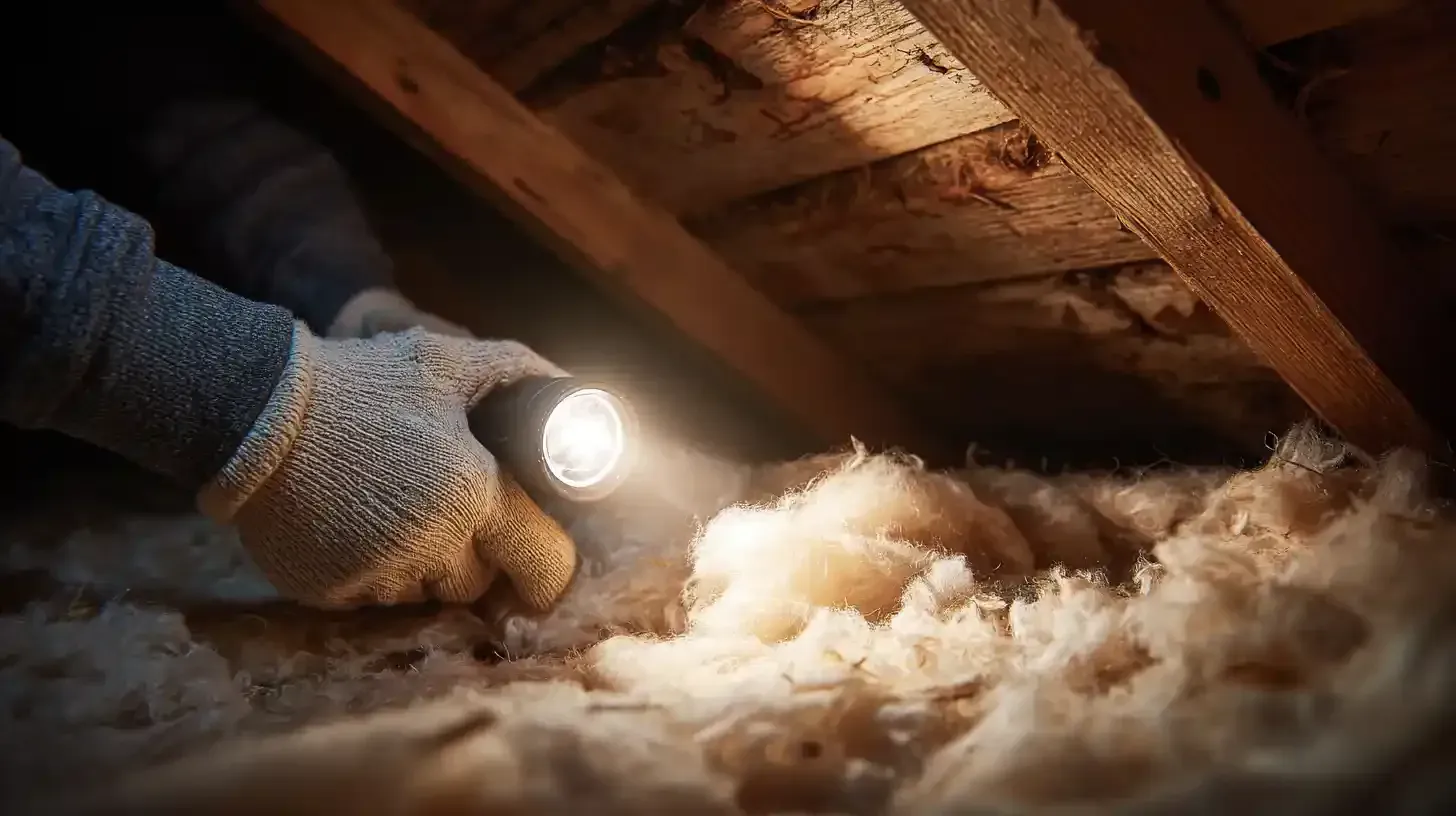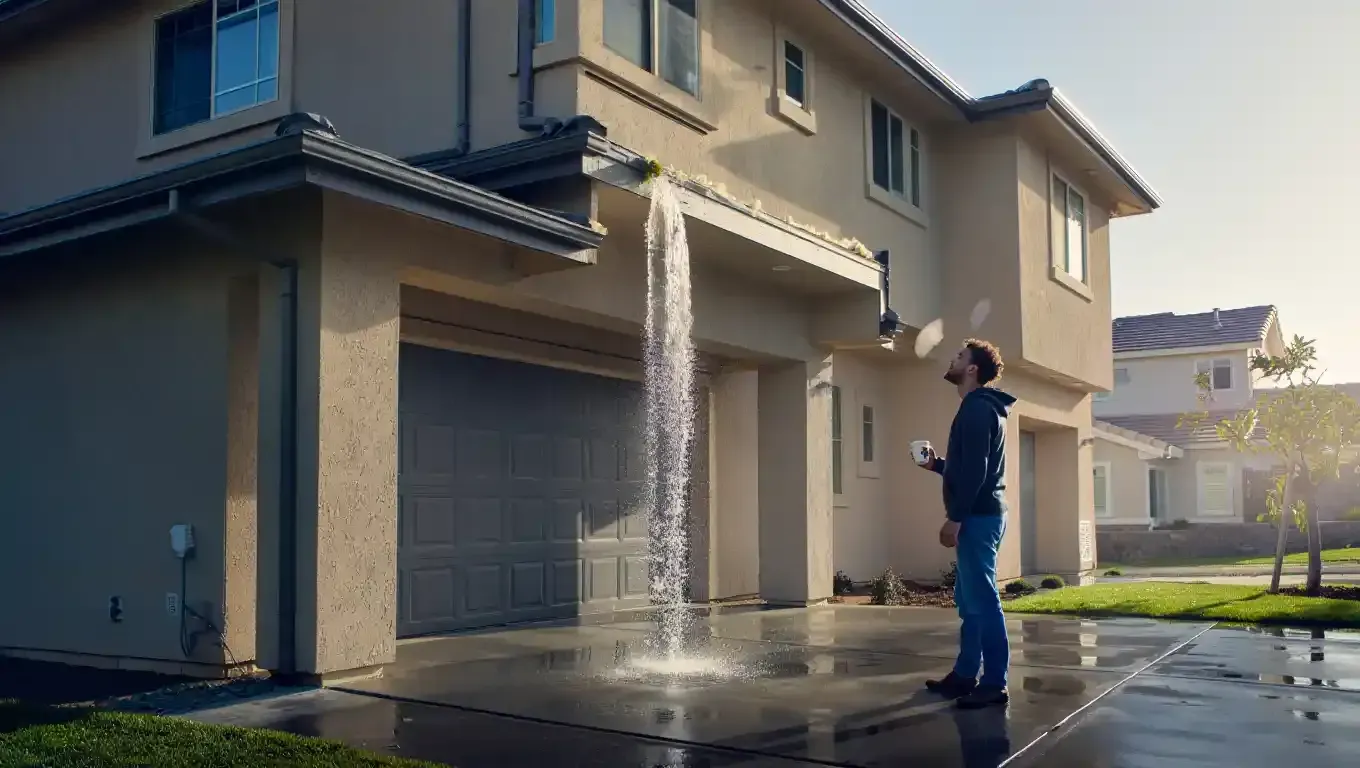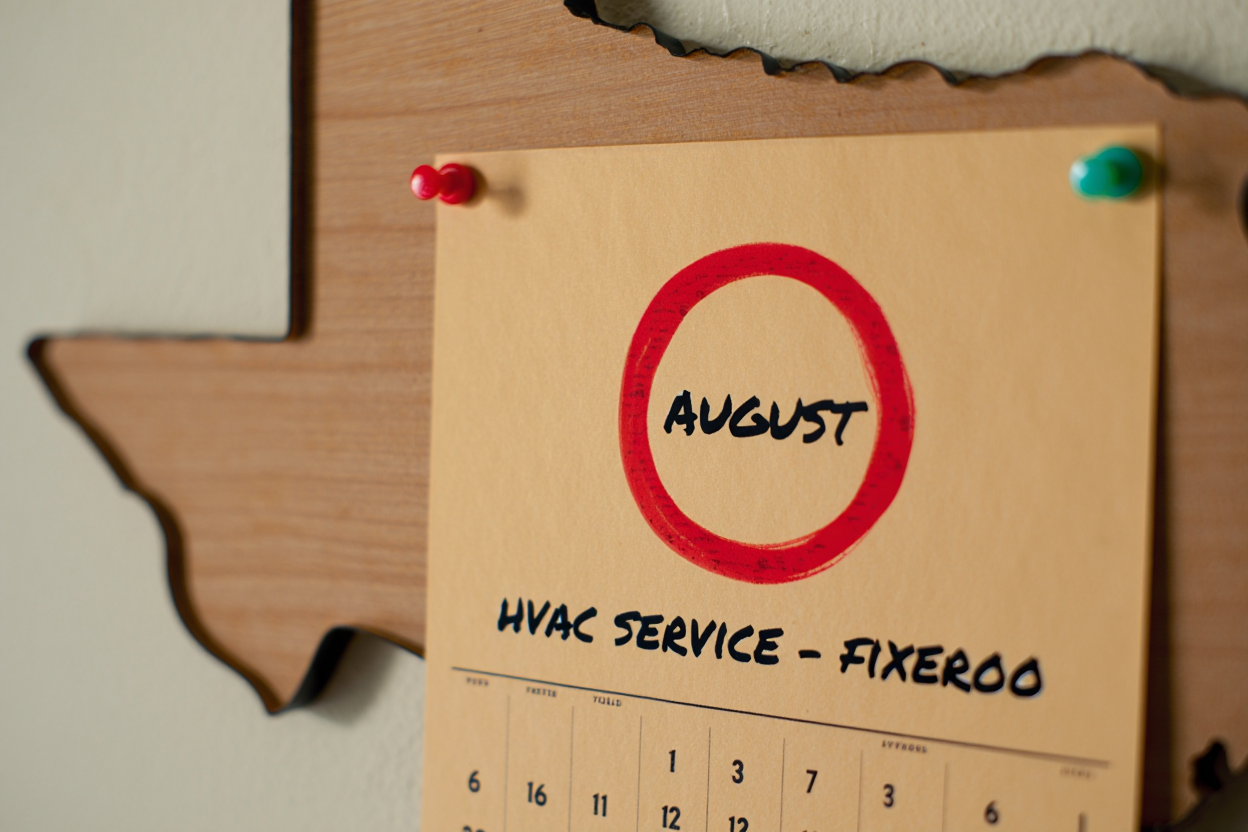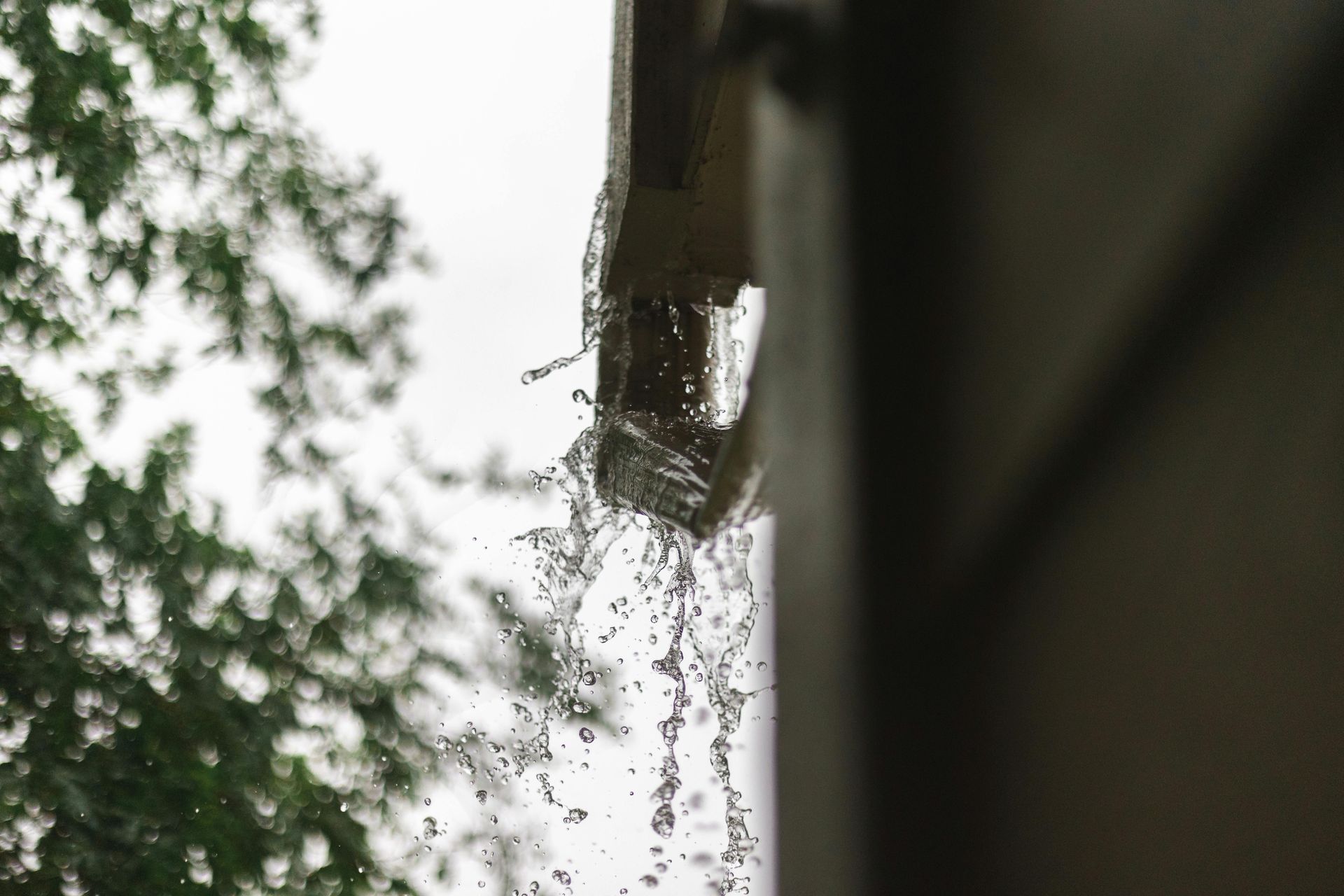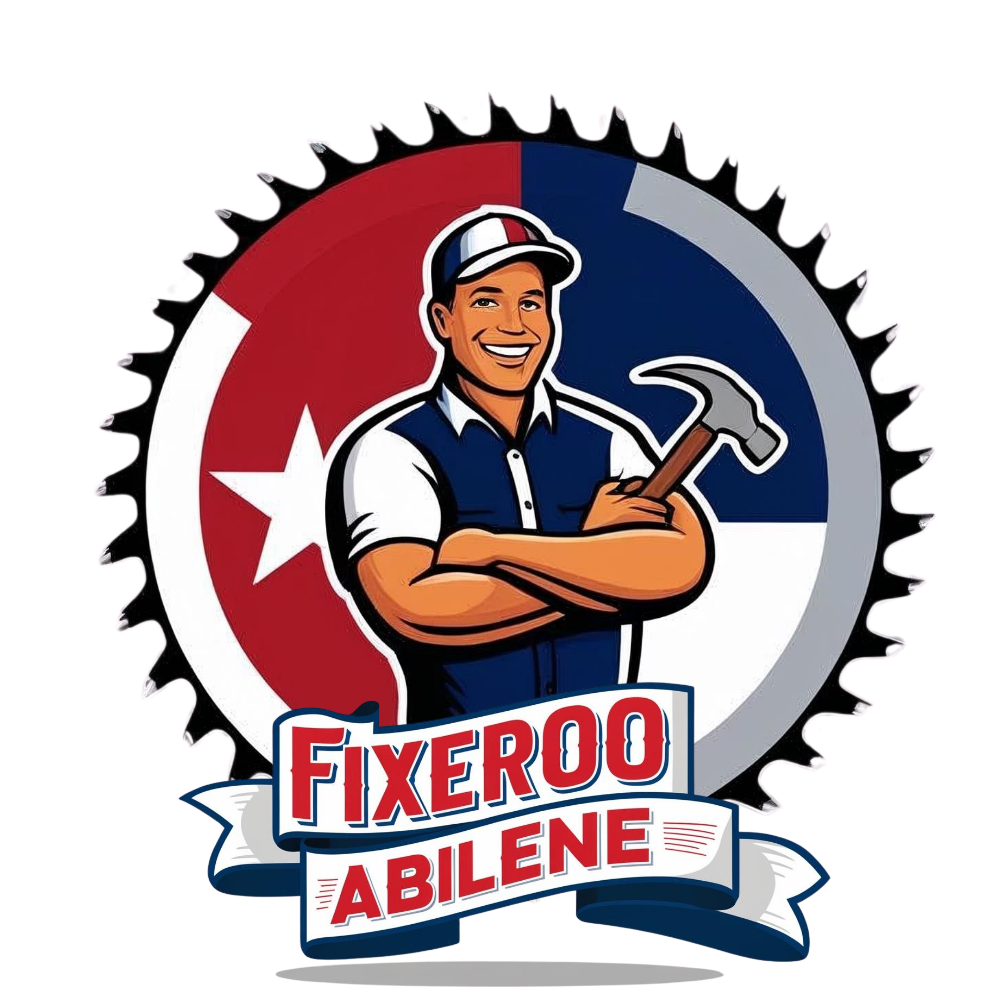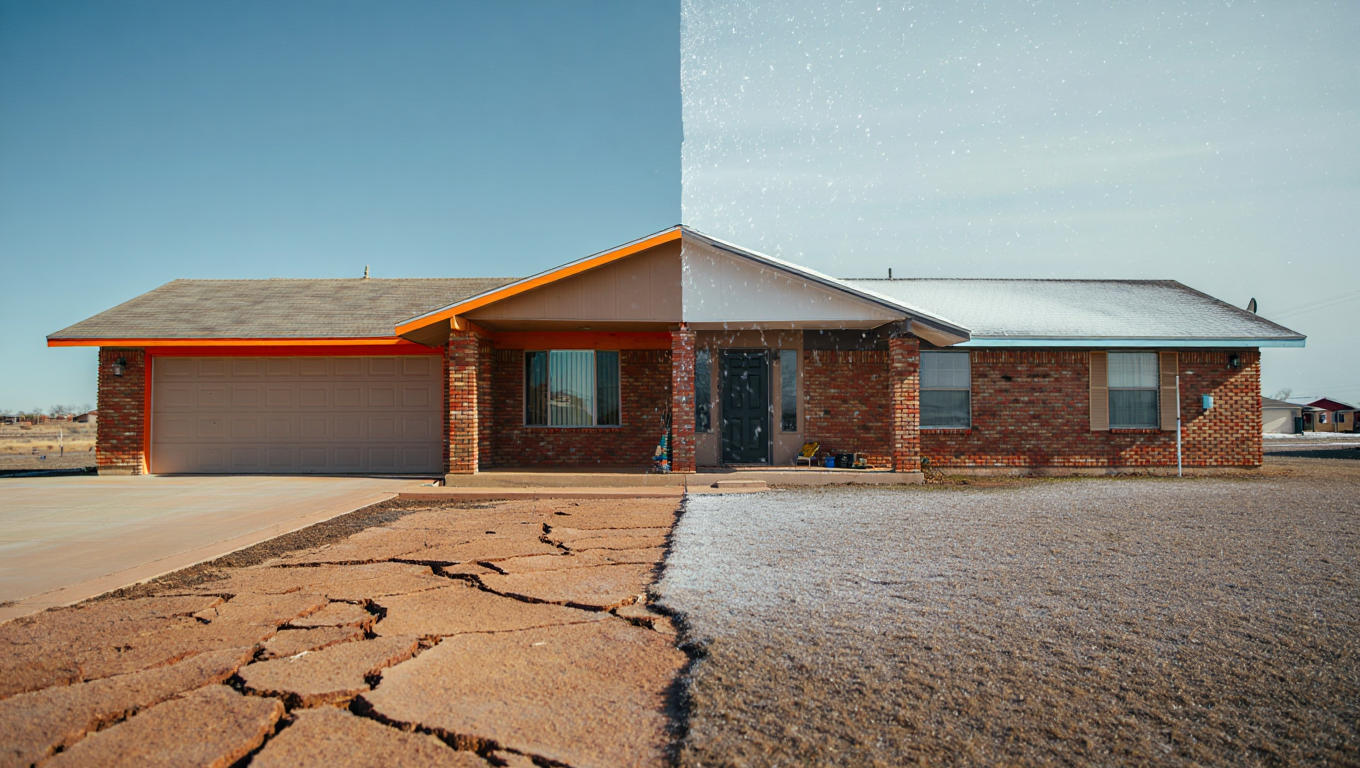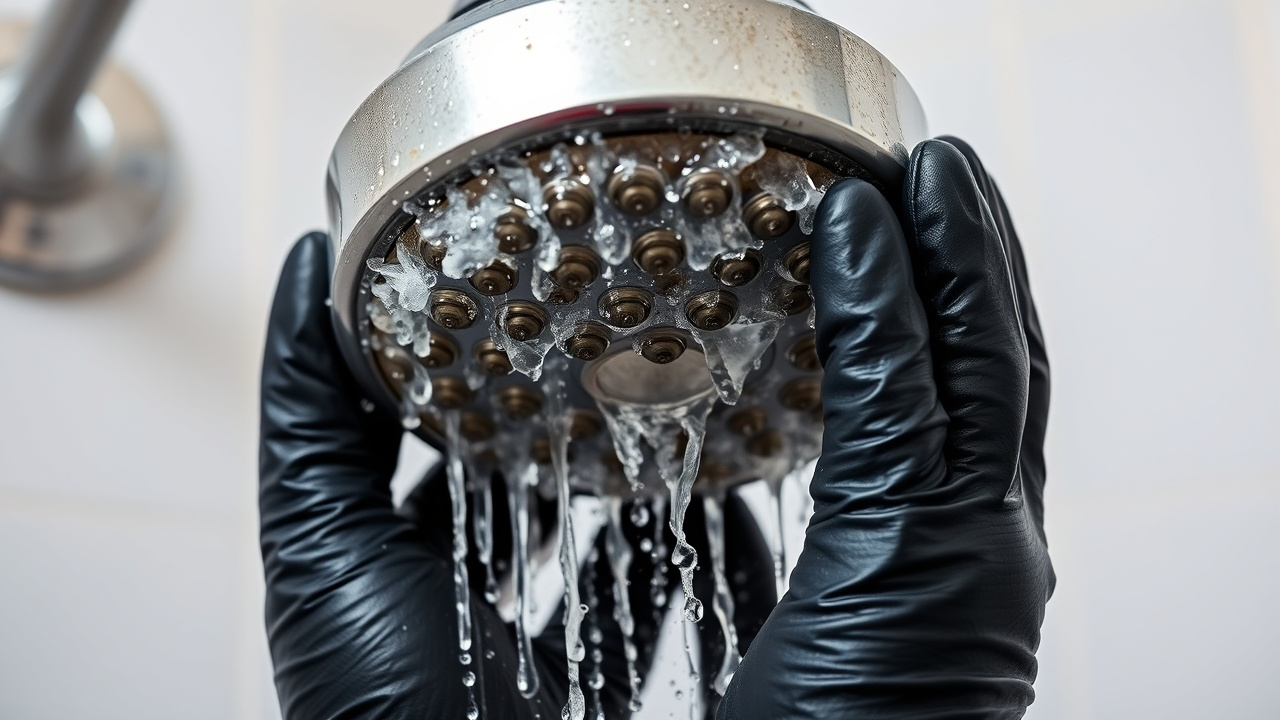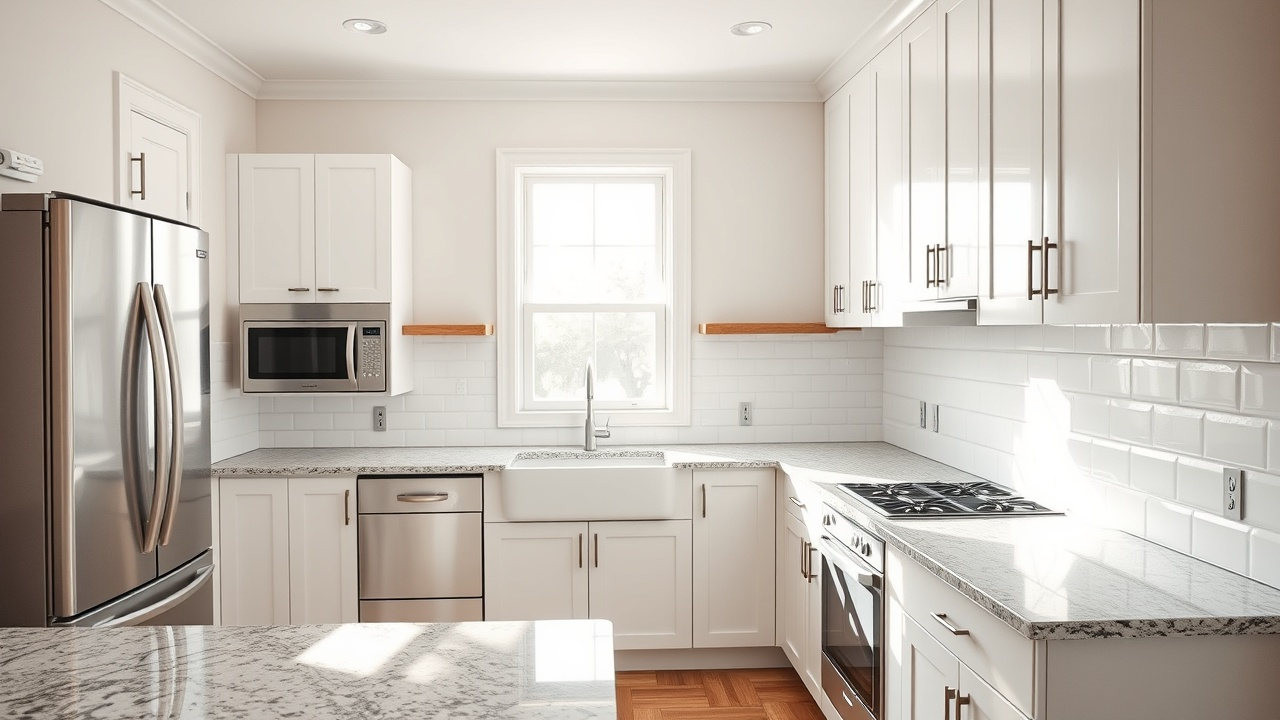Pre-Freeze Prep: Your Abilene Home's October Checklist
This is a subtitle for your new post

Protect Your Pipes and Home Before That First Hard Freeze Hits
Tuesday morning, mid-October. Checking the weather app shows next week dropping into the 30s overnight. That exposed pipe under the house you've been meaning to deal with since last winter flashes through your mind. The foam covers you swore you'd buy in September are still on some mental to-do list somewhere.
Sound like anyone?
Thing is, Abilene's first freeze sneaks up fast. One week it's 78 degrees and you're still running the AC. Next thing you know, there's frost on the windshield and that outdoor faucet you forgot about just became a $800 repair.
Why October Matters in West Texas
Our average first freeze hits November 11th, but the earliest on record came October 18th. That doesn't leave much breathing room when you're juggling everything else. October gives comfortable working weather and time to handle prep without racing against a cold front.
Waiting until you hear freeze warnings means competing with everyone else for supplies and service calls. By then, Home Depot's out of pipe insulation and every handyman crew in town is booked solid.
The Pipes Nobody Thinks About Until It's Too Late
Crawl spaces get forgotten because they're out of sight. Those exposed copper lines running under your house don't care that you can't see them. When temperatures drop below 28 degrees for more than a few hours, unprotected pipes freeze solid.
We worked on a house over near one of those neighborhoods with the beautiful old trees. Homeowner kept the heat on inside, figured that was enough. Didn't realize his crawl space vents were letting in cold air all night. Woke up to three burst pipes and water pooling under the foundation. Clay soil around here doesn't forgive that kind of moisture.
North-facing outdoor faucets freeze first because they never get direct sun to help thaw during the day. Abilene's temperature swings mean daytime might hit 50 degrees, but that north wall stays cold all day.
Garage and utility room pipes often get overlooked too. Lots of folks heat their living spaces but forget about attached garages or utility rooms with exterior walls. Pipes running through these spaces are just as vulnerable as outdoor plumbing.
What Actually Works for Pipe Protection
The cheap foam pipe insulation from the hardware store actually works if installed properly. Split it lengthwise, slide it over exposed pipes, tape the seam. Takes maybe an hour for most crawl spaces.
Not talking about wrapping pipes in old towels or newspaper. That doesn't cut it when temperatures stay below freezing for hours.
Outdoor faucet covers are simple. Five dollar foam covers beat a $500 plumbing bill every time. Disconnect hoses first, let water drain, then cover the spigot. Simple as that.
Some spots need more than foam. Heat tape works for extremely exposed pipes, but installation matters. Wrong technique causes more problems than it solves.
October Weather Makes This Job Easy
Right now, crawl space work isn't miserable. You're not fighting July heat or January cold. Fifty-degree mornings mean you can actually spend time under the house without wanting to die.
Try doing pipe insulation in November when it's 32 degrees and your hands won't work right. Or worse, doing emergency repairs when everything's already frozen and you're paying triple rates for someone to show up.
The Inside Prep Most People Skip
When a pipe bursts, every second counts. Standing water does massive damage fast. If you can't find your main water shutoff in thirty seconds, you need to figure that out this weekend.
Walk through it with everyone in the house. Make sure they know where it is and how it works.
Cabinet doors on cold nights help more than people realize. Pipes under sinks on exterior walls freeze because cold air gets trapped in cabinets. Opening those doors lets warm house air circulate around the pipes. Costs nothing, prevents plenty.
Drip faucets during hard freezes keep water moving. Moving water doesn't freeze as easily as standing water. When forecasts show extended periods below freezing, letting faucets drip slightly keeps water moving through pipes.
Your Heating System Needs Attention Now
Last thing anyone wants is discovering a broken furnace on the first 28-degree night. Testing your heat in October gives time to address problems before you actually need it.
Replace filters. Dirty filters from summer dust make systems work harder and cost more to run. Fresh filters improve efficiency and catch problems early.
Test the system. Turn it on. Make sure warm air comes from every vent. Listen for weird noises. Check that the thermostat responds properly.
Had a family discover their heat didn't work during that surprise November cold snap a few years back. No availability for repairs for three days. Space heaters don't cut it when you've got kids and temperatures in the 20s.
Sealing Gaps Before Cold Air Finds Them
October's temperature swings show you exactly where cold air enters. Those 30-degree differences between day and night make caulking fail and weather stripping gap.
Check around:
- Window frames
- Door thresholds
- Pipes entering the house
- Dryer vents
- Outdoor electrical outlets
Small gaps add up. Sealing them cuts heating costs and prevents cold spots that stress your system.
DIY Tasks vs. Calling Professionals
Handle yourself:
- Foam faucet covers
- Basic pipe insulation in accessible areas
- Filter changes
- Testing systems
Call for help with:
- Hard-to-reach crawl space pipes
- Heat tape installation
- HVAC system problems
- Comprehensive sealing projects
Getting on a service schedule now beats emergency rates later.
What Freeze Damage Actually Costs
Burst pipe repair starts around $500 for simple fixes. Add water damage, foundation issues, and emergency service rates, and you're looking at $3,000 to $5,000 easily.
Preventive work runs $150 to $400 for most homes. Math isn't complicated.
We've seen homeowners spend ten times more fixing freeze damage than prevention would have cost. Every single
time they say the same thing: "I kept meaning to take care of it."
Do This Before Month's End
This weekend:
Check outdoor faucets and visible pipes. Buy supplies.
By October 25th:
Complete outdoor prep and basic insulation.
By November 1st:
Handle any professional work needed.
Don't wait for freeze warnings. By then it's too late.
Frequently Asked Questions
When does Abilene typically get its first freeze?
November 11th on average, but earliest on record hit October 18th. Surprise cold fronts can drop temperatures faster than forecasts predict.
Do foam faucet covers really prevent freeze damage?
When used properly, yes. Disconnect hoses first, let faucets drain completely, then install covers. The combination of draining and insulating protects against typical Abilene freezes.
How much pipe insulation do I need for a typical crawl space?
Most Abilene homes need 30 to 50 feet of foam pipe insulation. Measure your exposed pipes or call for an assessment. Better to have extra than run short halfway through the job.
Can I wait until I hear a freeze warning to prep?
Not recommended. By warning time, stores sell out of supplies and service providers are fully booked. October prep means you're ready regardless of when that first freeze arrives.
What's the most overlooked freeze prep task around here?
Crawl space pipes. Most damage happens to pipes homeowners can't easily see. Out of sight becomes out of mind until something bursts.
Don't let October slip away and find yourself scrambling when temperatures drop. Call Fixeroo Abilene at 325-225-2540 or email fixerooabilene@gmail.com to schedule your pre-freeze inspection and protection services. We'll identify vulnerable areas and get your home ready before that first hard freeze hits.
